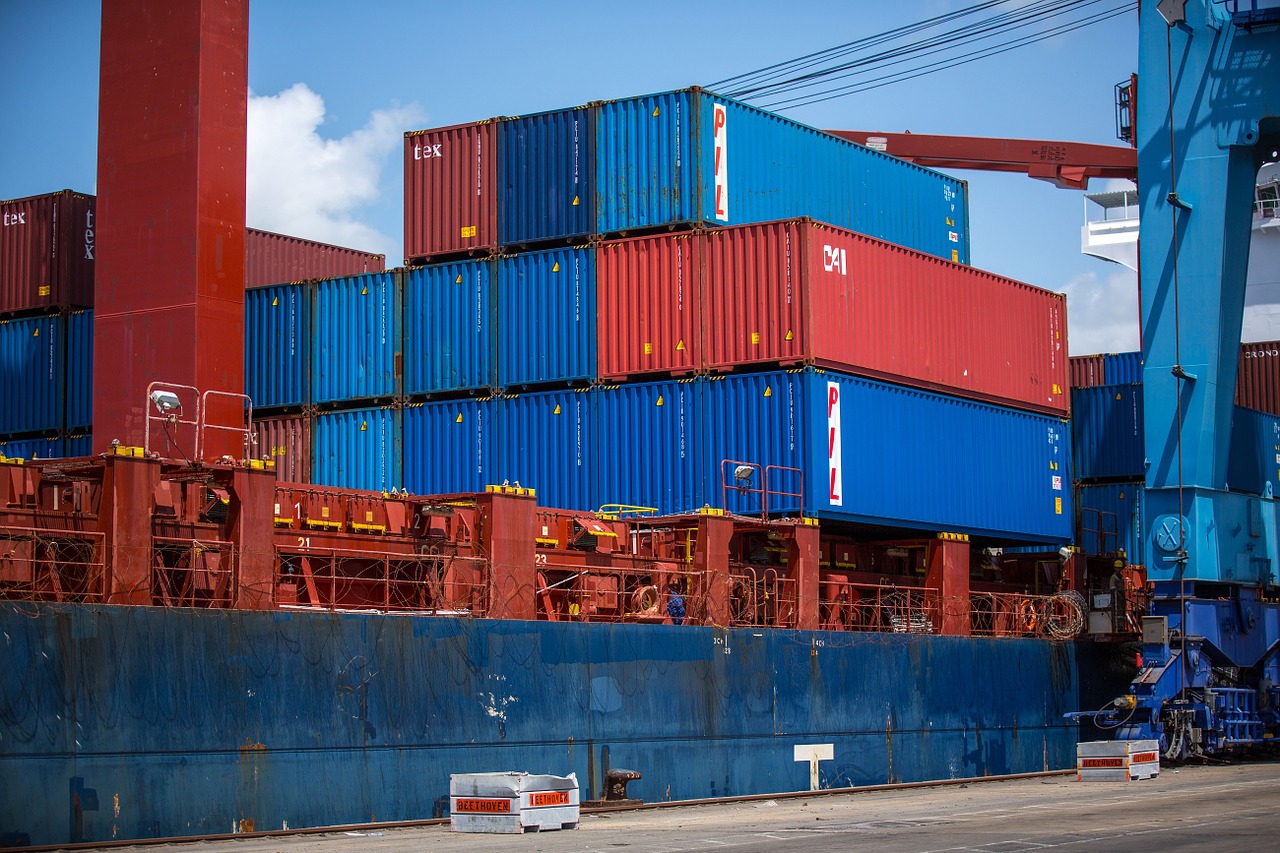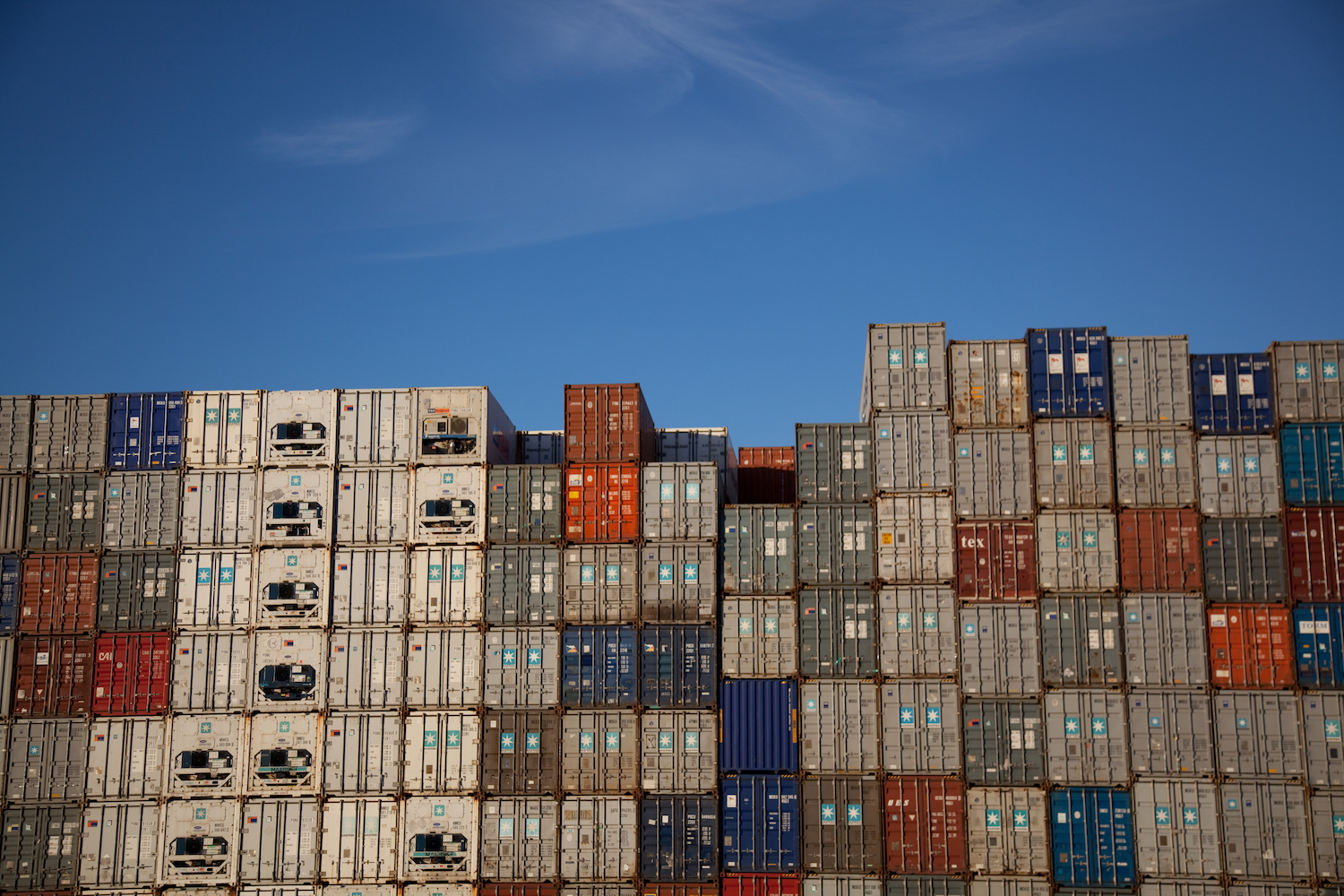The largest trade deal in history died before it could live. The Trans-Pacific Partnership (TPP) took years to negotiate and the finished product was going to cover 12 countries, an array of economies and resources, and about 40% of global trade. Led by the big economies of the United States, Canada, Mexico, Australia, and eventually Japan, along with seven other countries on both sides of the Pacific, the TPP was an opportunity for the United States to reinforce influence across the Pacific. Though not a Free Trade Agreement, the TPP was unprecedented in its size and scope. It eliminated many tariffs and quotas, strode to make domestic regulations more transparent (especially in the Southeast Asian member countries), covered manufactured goods, agricultural products, and other commodities, as well as addressed internet access, e-commerce, intellectual property rights, and clear labor standards. Perhaps as importantly, it left out China.
In terms of trade deals, this was the Titanic. With the TPP as the Titanic, the election of Donald Trump in 2016 was the iceberg, and on his first day in office, he officially sunk the deal. (To be fair, the Democratic nominee, Hillary Clinton, also said she opposed the deal, but attacked it much less viciously. She even said in 2012, as secretary of state, that it was the “gold standard” of trade deals). The reasoning for its demolition in the United States stemmed from the sentiments of the working class that it would kill blue collar jobs, and candidate Trump, who ran on a campaign of “America First”, was unambiguous in his opposition.
So what will these former TPP countries do? The largest economies will possibly face a few setbacks, but will survive; however, the smaller countries’ options are limited. Countries with emerging economies rely on foreign direct/indirect investment and trade to grow their economies at home, send their products to markets abroad, and attract investment. Peru, for example, is one of Latin America’s fastest growing economies whose imports account for almost 24% of their GDP, as opposed to Japan at 19% and the U.S. at 15.5%. It is a founding member of the Pacific Alliance, a trade bloc in Latin America that aims to eliminate most tariffs, including tourist visa restrictions, among the member nations. However, the alliance is relatively new (2012) and lacks the massive markets that the TPP would have provided. Malaysia, one of the next emerging Asian powers, has an imports rate that accounts for 63% of its GDP. Vietnam, Singapore, Cambodia, among others, were expecting to benefit from the TPP by offering up their resources in exchange for technology and services provided by the economic powers of this deal. While these growing countries’ futures are still bright, it is imperative they continue trading. This explains the urgency in which Peru’s president, Pablo Kuczynski, called for a continuation of the deal after the United States. withdrew. Ironically, the country that stands to benefit the most from the defunct TPP is the very country that was left out in the first place: China.
China has been thrust into the spotlight by an aggressive Trump administration, and took the opportunity at the Davos summit earlier this year to preach the benefits of global trade. This drew a lot of attention as this was the first year a Chinese premier had attended, and was essentially seen as a sign that the Middle Kingdom would be willing to play a bigger role in inhibiting open markets. Now, with some of its neighbors in Asia left hanging when the TPP fell apart, China is looking to replace the United States as the facilitator of an encompassing trade deal. It has already started with the Regional Comprehensive Economic Partnership (RCEP), which includes many Southeast Asian countries, Japan, and Australia. While not as comprehensive as the TPP, it still accounts for a large portion of world trade and gives emerging economies much needed large-market access.
It also gives China much needed soft power in a period of tensions with its neighbors, like Vietnam and Korea (a member of the RCEP). With its Silk Road Initiative, a land-based trade network stretching to Europe by way of Central Asia, the RCEP, and new Asian Infrastructure and Investment Bank, China is more than pleased to take the lead on multilateral trade deals to counter what it sees as an unfairly western-tilted financial world. By bringing countries closer to its sphere of influence, it can now play the role of uniting Asian economies and providing financial backing. Despite having suspect and opaque currency policies, compared to a protectionist-leaning United States, it believes it can renew emphasis on world trade, made in its own image.
The strategy of emerging countries relies on exposure and investment abroad, and that capital can be used to finance infrastructure at home. Trade is considered a form of soft power, and much of the first world today thrives in a trade network full of U.S. merchandise (including services, it is important to account for non-tangible items), protected by American defense. While the wisdom of Trump’s economic strategy is still up for debate, developing economies cannot afford to close their borders to trade nor wait for bilateral deals with the new American administration. While many countries have preferred doing business with the United States before due to stricter intellectual property rights, a more stable and transparent currency, and clearer laws, they have no choice now but to turn to China. A multilateral trade pact with China is seen as better than negotiating bilateral deals or regional deals made up of other emerging economies. The TPP was originally designed to integrate a variety of economic sectors across a diverse international spectrum (and unofficially, to exclude China). The election of Donald Trump and subsequent withdrawal from the deal have left its former member countries stuck between a rock and hard place, and at least for a few nations, China appears to be the softer of the two.
- Kansas City: World War I’s Final Resting Place in America - November 9, 2018
- Moon Jae-in’s Elusive Peace - September 7, 2018
- Japan’s Diplomatic Vanishing Act - June 8, 2018






